"Sardinia, almost a continent, despite its small size. Its geological structure is indeed one of the most complex, its landscape shifts with inexhaustible creativity, and so do the veins of metals that spread beneath its crust."
We borrow these words from writer Marcello Serra, who used them in 1959 to describe the region. We do so because we are convinced that this definition perfectly fits Sardinian winemaking.
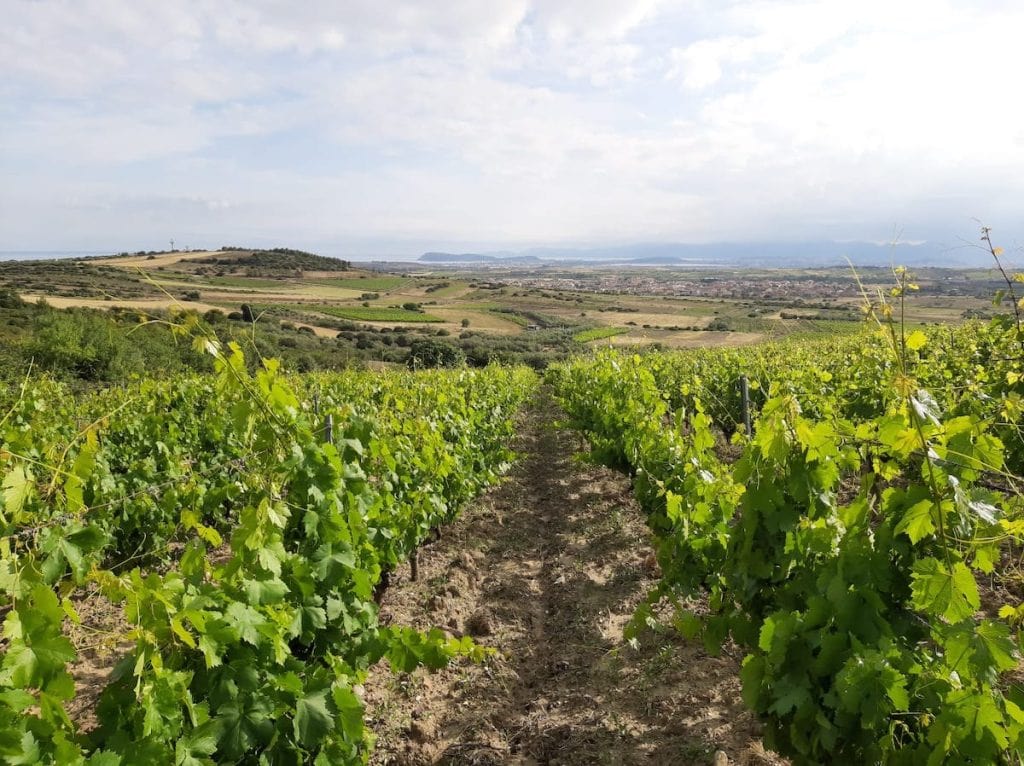
Sardinian winemaking: between sea and mountains
The multitude of grape varieties, mostly indigenous or perfectly adapted to the island's soils, is astonishing. Even more so is the diversity of soils, altitudes, and microclimates encountered throughout the region. From the granite of Gallura to the limestone of Coros, from the clay of Ogliastra to the sands of Sulcis, these are just a few of the terroirs.
In addition, there are significant climate differences: some vineyards in Barbagia and Mandrolisai are over 700 meters above sea level, representing true mountain viticulture, while many, as one might imagine, are just a stone's throw from the sea. There is also the value of old vineyards, which remain numerous despite the reckless uprooting that took place a few decades ago.
This entire heritage, this biodiversity, is faithfully expressed in the glass. Sardinian wines are no longer just good, but increasingly typical, authentic, and capable of telling the story of their respective territories. This is why we will never tire of saying that a complete revision of the designations of origin is necessary, especially the regional ones, which are generic, dispersive, and no longer representative of what is happening in this region.
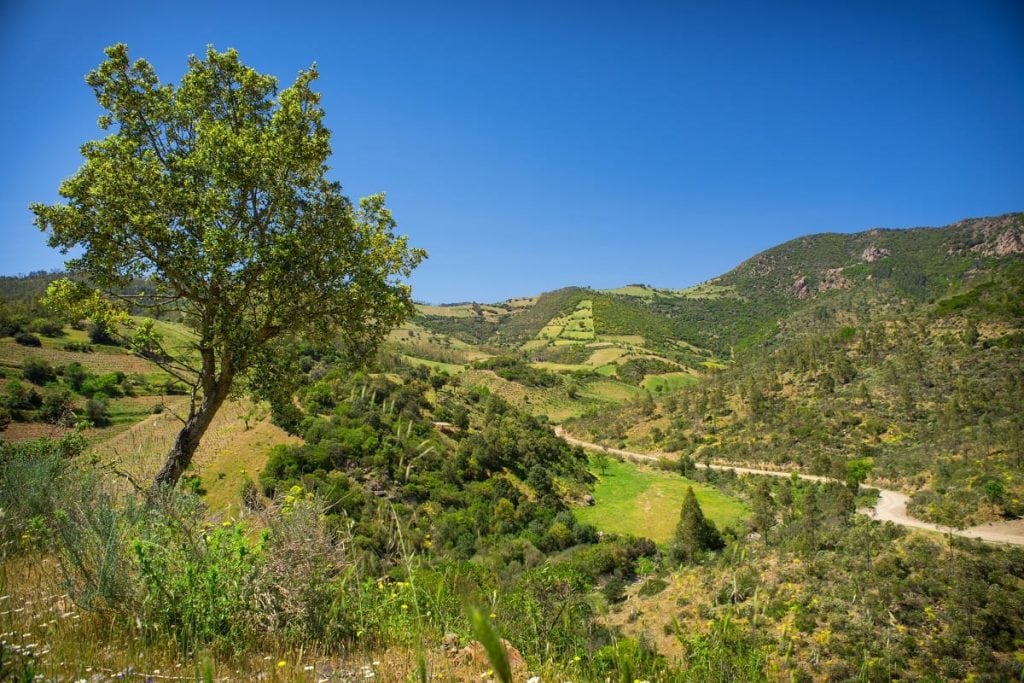
Tre Bicchieri 2025 Sardinia: the new entries
Now for the new awardees in Gambero Rosso's Vini d'Italia 2025 guide. For the first time, the Cagnulari by Giovanna Chessa, the Cannonau Mustazzo by Sella & Mosca, the Cannonau Ogliastrino Case Sparse by Pusole, and the Vermentino di Gallura Pietraia by Tenute Gregu, a white released three years after the harvest, have made it to the podium.

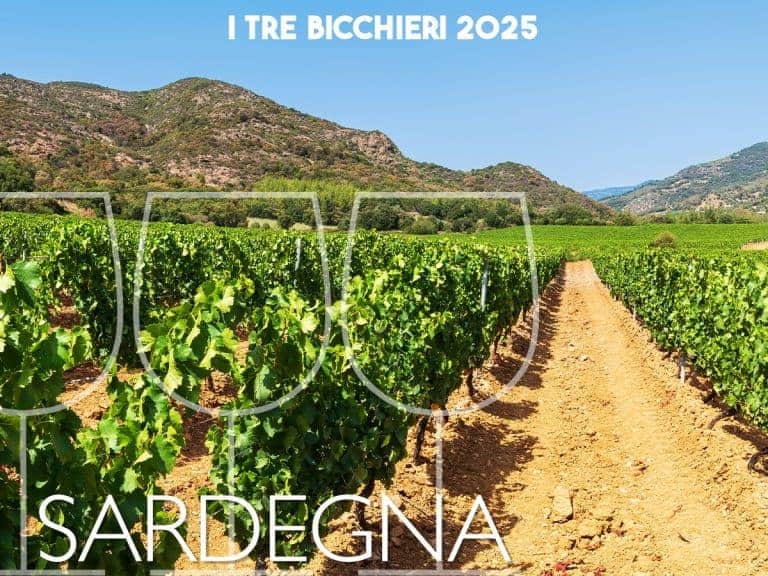
 Women are the best sommeliers. Here are the scientific studies
Women are the best sommeliers. Here are the scientific studies Where to eat at a farm stay in Sicily: the best addresses in the Provinces of Trapani, Palermo, and Agrigento
Where to eat at a farm stay in Sicily: the best addresses in the Provinces of Trapani, Palermo, and Agrigento Wine in cans, bottle-fermented, and alcohol free: the unstoppable change in Gen Z’s tastes
Wine in cans, bottle-fermented, and alcohol free: the unstoppable change in Gen Z’s tastes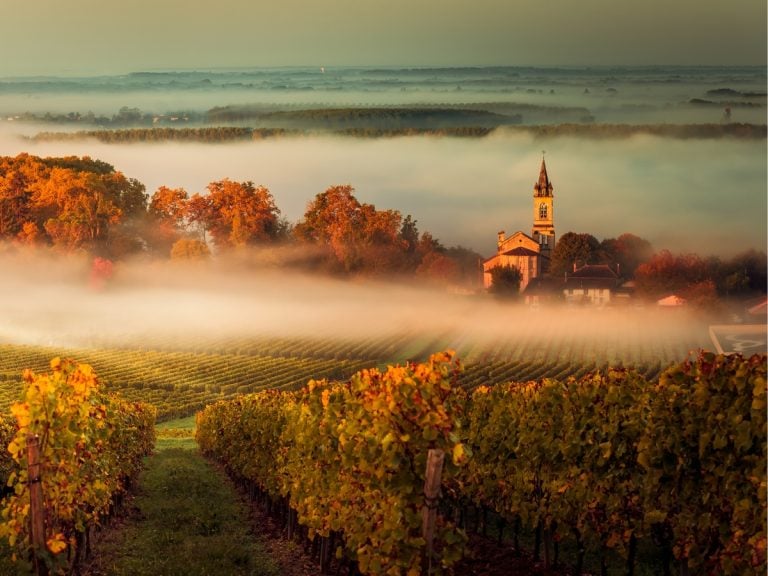 The great Bordeaux exodus of Chinese entrepreneurs: around fifty Châteaux up for sale
The great Bordeaux exodus of Chinese entrepreneurs: around fifty Châteaux up for sale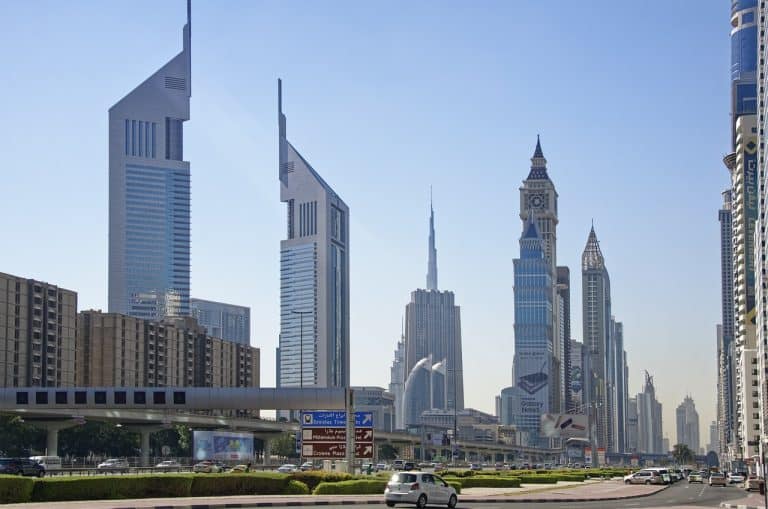 Dubai speaks Italian: a journey through the Emirate's best Italian restaurants
Dubai speaks Italian: a journey through the Emirate's best Italian restaurants






